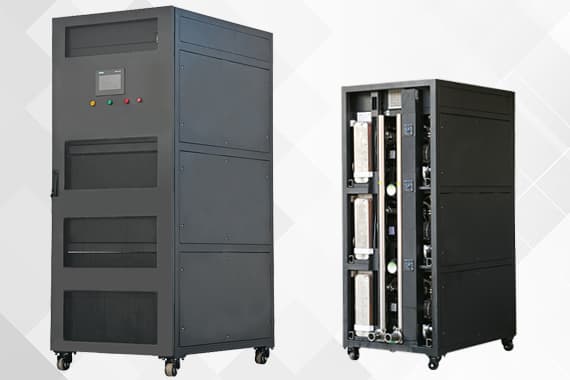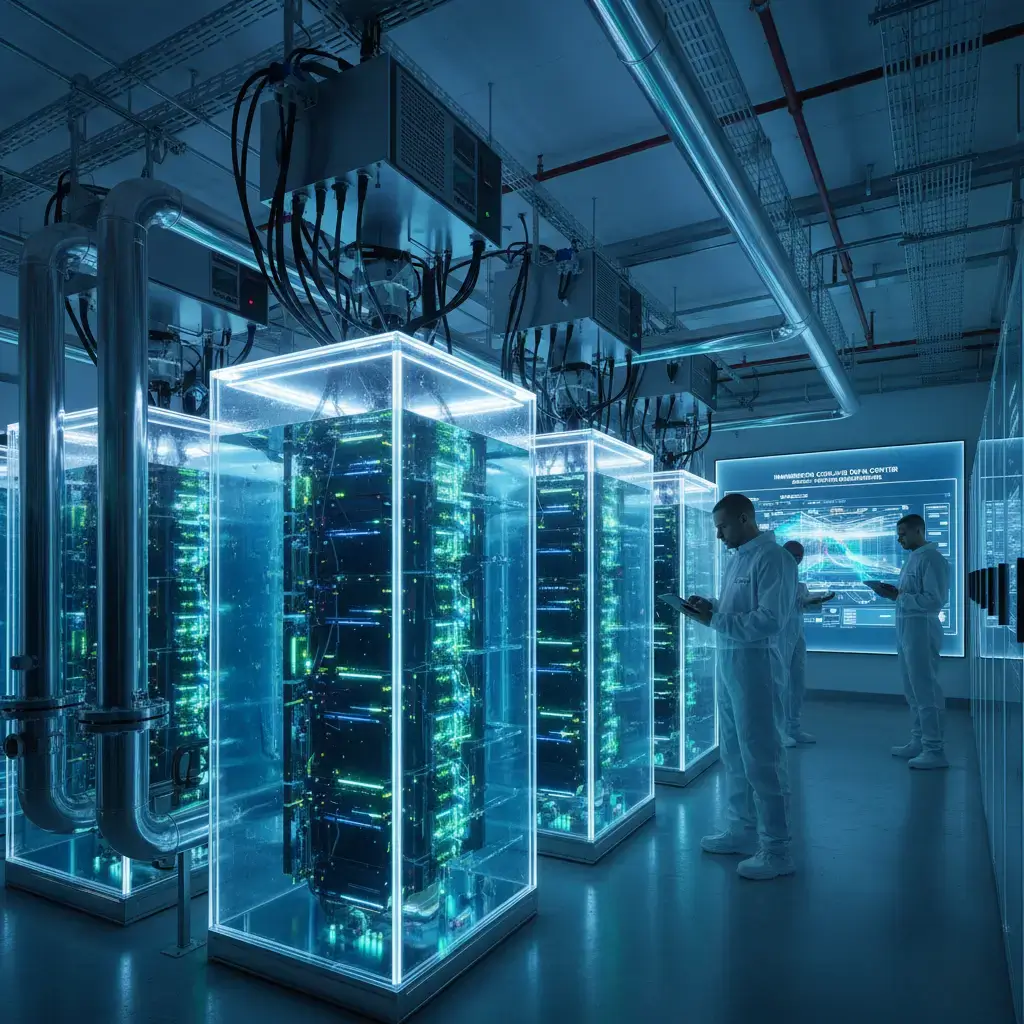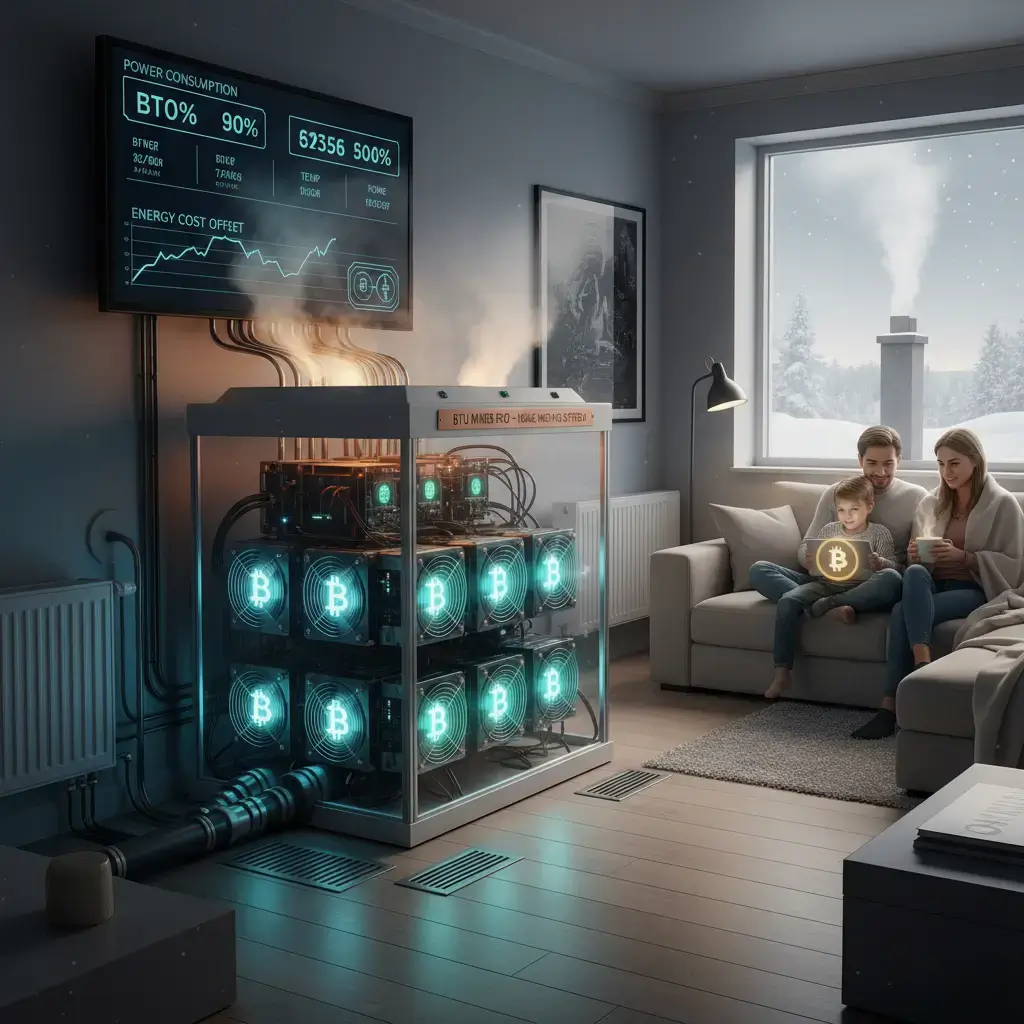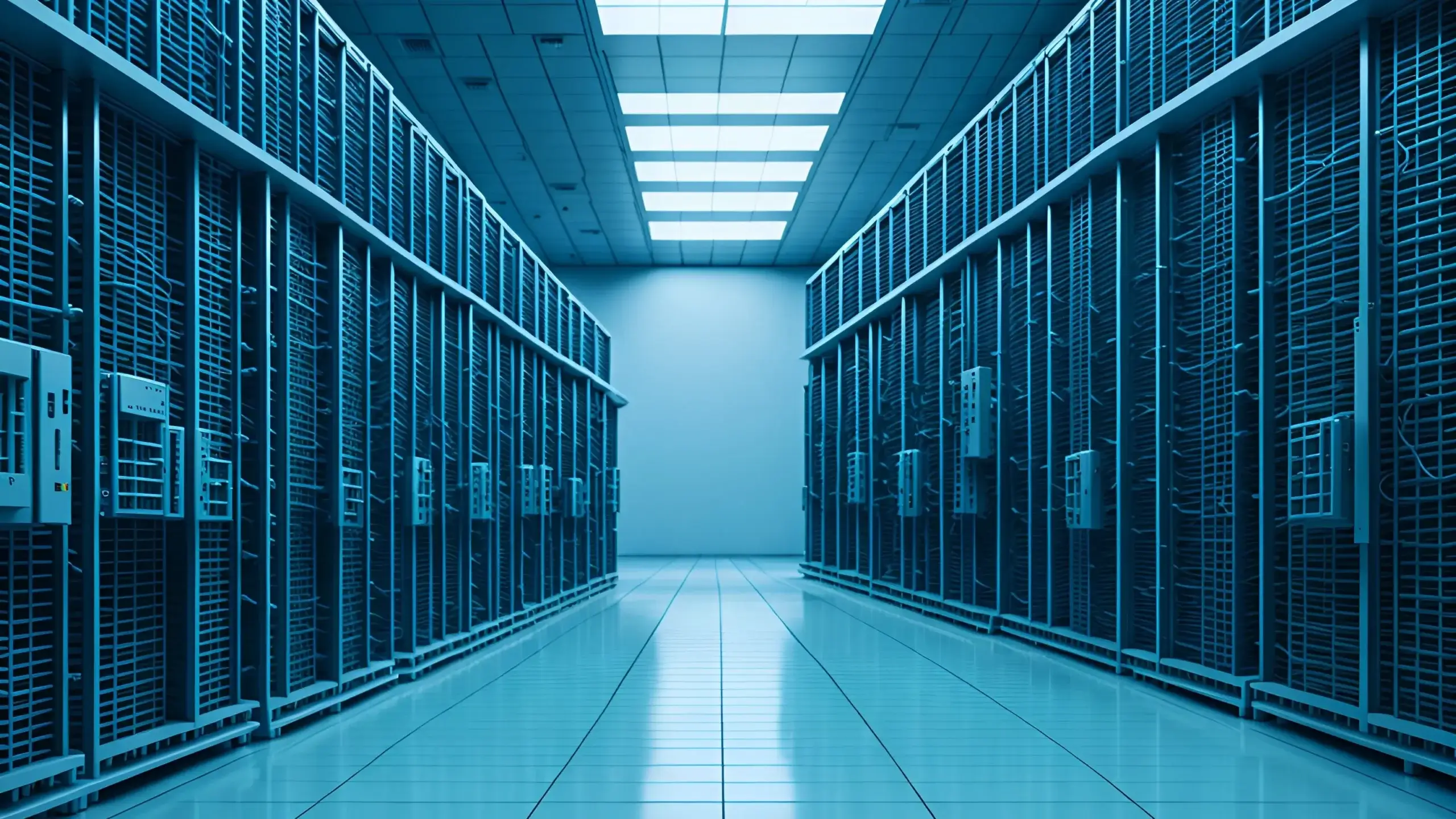In the high-stakes world of cryptocurrency mining, where every watt counts and heat is the silent killer of profits, traditional air cooling is starting to feel like a relic from the early days of Bitcoin. As of 2025, global Bitcoin mining alone consumes around 10 gigawatts of power—equivalent to the annual energy use of a mid-sized country. With electricity costs soaring and environmental scrutiny intensifying, miners are turning to a game-changing technology: immersion cooling. This method submerges your ASIC miners in a bath of non-conductive dielectric fluid, slashing energy use, boosting hashrates, and silencing the roar of fans. If you’re tired of dust-clogged rigs, skyrocketing bills, and hardware that burns out before it pays off, immersion cooling could be your ticket to sustainable, high-yield mining. In this comprehensive guide, we’ll dive deep into how it works, why it’s essential for crypto mining, and how to implement it—without the hype, just hard facts and actionable advice.
What Is Immersion Cooling and How Does It Transform Crypto Mining?
At its core, immersion cooling replaces the inefficient dance of fans blowing hot air with a direct, liquid embrace. Your ASIC miners—those power-hungry machines crunching hashes for Bitcoin or Ethereum—are fully submerged in a dielectric fluid, a specially engineered liquid that’s electrically non-conductive to prevent shorts. This fluid, often synthetic oils or engineered coolants like BitCool BC-888, has over 1,600 times the heat-carrying capacity of air, allowing it to absorb and dissipate the massive thermal output from mining operations.
The process is elegantly simple: Heat from the miners warms the surrounding fluid, which rises via natural convection (warmer liquid is less dense) or is actively pumped to a heat exchanger. There, the heat is transferred to a secondary cooling loop—think water or air—and vented away or even repurposed for heating buildings or greenhouses. No more 90-decibel fan symphonies or dust bunnies gumming up the works; immersion setups run whisper-quiet and dust-free.
For crypto miners, this isn’t just a tech upgrade—it’s a profitability booster. Overheating in air-cooled rigs triggers thermal throttling, where miners downclock to avoid damage, cutting hashrate and spiking power draw per terahash. Immersion keeps temperatures stable, often below 50°C, enabling safe overclocking that can push hashrates up to 60% higher. In an industry where margins hinge on efficiency, that’s the difference between breaking even and banking serious sats.
Single-Phase vs. Two-Phase: Choosing the Right Immersion Cooling System
Not all immersion cooling is created equal. The two main variants—single-phase and two-phase—cater to different scales and budgets, each with unique mechanics tailored to crypto mining’s demands.
Single-Phase Immersion Cooling: Simple, Scalable, and Cost-Effective
In single-phase systems, the dielectric fluid stays liquid throughout the cycle. Miners are dunked into an open or sealed tank, where pumps circulate the warmed fluid to a heat exchanger for cooling before it loops back. This setup, often called Single-Phase Liquid Immersion Cooling (SLIC), is the go-to for most operations because it’s straightforward and affordable.
Pros:
- Lower upfront costs: Tanks, pumps, and fluids are cheaper than sealed two-phase rigs—ideal for home miners or mid-sized farms.
- Easier maintenance: Fluid is stable, with filtration systems keeping it clean for years.
- Proven for crypto: Companies like Engineered Fluids report up to 35% energy savings by ditching fans and AC units.
Cons:
- Slightly less efficient heat transfer than two-phase, though still leagues ahead of air cooling.
- Requires more space for circulation pumps.
For a typical Bitcoin miner like the Antminer S21, single-phase can maintain optimal temps while overclocking, yielding 20-30% more hashrate without extra power.
Two-Phase Immersion Cooling: High-Performance Heat Wizards
Two-phase takes it up a notch by leveraging the fluid’s phase change. Using low-boiling-point dielectrics (like engineered fluorocarbons), heat boils the liquid into vapor, which rises, condenses in a overhead exchanger, and drips back as cool liquid. This closed-loop evaporation cycle is incredibly efficient, packing more miners into tighter spaces.
Pros:
- Superior efficiency: 5-10% lower power use than single-phase, with heat dissipation rates that support ultra-high densities.
- Compact setups: Perfect for mega-farms, allowing 2-3x more rigs per square foot.
- Eco-edge: Minimal fluid loss and easier heat reuse.
Cons:
- Higher costs: Sealed tanks and specialized fluids can double initial investment.
- Complex tweaks: Requires precise pressure control; leaks mean vapor escape and downtime.
In crypto mining, two-phase shines for large-scale ops, like MARA Holdings’ immersion-cooled facilities, where it slashes cooling energy by 40% and extends ASIC life by 50%. For beginners, start with single-phase; scale to two-phase as your farm grows.
| Feature | Single-Phase | Two-Phase |
|---|---|---|
| Efficiency | High (20-35% savings) | Ultra-high (30-45% savings) |
| Cost | $5,000-$20,000 per tank | $10,000-$50,000 per tank |
| Best For | Home/small farms | Enterprise-scale |
| Maintenance | Low (filter changes) | Medium (pressure checks) |
| Density | Moderate | High |
Why Switch to Immersion Cooling for Crypto Mining? The Hard Numbers
Crypto mining’s heat problem is brutal: A single ASIC can output 3-5kW of waste heat, enough to toast a room. Air cooling fights back with fans guzzling 10-20% of total power, plus AC units that balloon costs in hot climates. Immersion flips the script.
- Energy Savings: Eliminate fans and cut cooling power by 30-50%, dropping your bill from $0.10/kWh to effective $0.06-0.07.
- Performance Boost: Stable temps mean 15-60% higher hashrates via overclocking, per DCX systems.
- Longevity and Reliability: Dust-free submersion reduces wear, extending rig life by 2-3 years and cutting replacements by 40%.
- Noise and Space: Zero decibels and 50% less footprint—mine in your garage without eviction.
- Sustainability: Reuse waste heat for district heating, aligning with 2025’s green mining mandates.
Reddit miners echo this: “Worth it if designed right—my immersion rig pays for itself in 6 months.” The ROI? Often 12-18 months, faster in high-energy-cost areas like California.
Step-by-Step: Setting Up Immersion Cooling for Your Mining Rig
Ready to dive in? Here’s a beginner-friendly blueprint, assuming a 4-8 ASIC home setup (scale up for farms).
- Assess Your Needs: Calculate heat load (e.g., 4x S19s = 12kW). Choose single-phase for starters.
- Gather Components:
- Dielectric Fluid: 50-100 liters of BitCool or similar ($200-500).
- Tank: Custom acrylic or steel enclosure ($1,000-3,000), ensuring 2cm fluid coverage.
- Pumps & Exchangers: Centrifugal pump ($300) and dry cooler ($500-1,000).
- Prep Miners: Remove fans, seals, and stickers; test for leaks.
- Build and Test: Fill tank, submerge rigs, run pumps. Monitor temps with IoT sensors (aim <60°C).
- Maintenance Tips: Filter fluid quarterly; audit for corrosion annually. Budget $500/year.
Challenges? Upfront costs ($5K+) and compatibility—stick to immersion-ready models like Bitmain’s hydro variants. Pro tip: Partner with providers like CryptoCooling.eu for turnkey kits.
Real-World Wins: Immersion Cooling in Action
MARA Holdings, a Bitcoin mining giant, immersion-cooled their Texas facility in 2024, hitting 25 EH/s with 30% less power—proof positive for enterprise scale. Smaller ops? EZ Blockchain’s mobile containers immerse 200+ rigs, delivering 40% efficiency gains for nomadic miners. Even hobbyists on Braiins report doubled uptime in dusty garages.
The Future: Immersion Cooling’s Role in Sustainable Crypto
By 2030, the immersion cooling market will balloon to $2.2 billion, driven by crypto’s energy hunger and data center demands. Trends point to hybrid systems integrating renewables—think solar-powered farms reusing heat for algae biofuels—and AI-optimized fluid dynamics for 50%+ savings. As regulations push for carbon-neutral mining, immersion isn’t optional; it’s essential. In 2025, early adopters will dominate, turning heat from a liability into an asset.
Immersion cooling isn’t a fad—it’s the evolution crypto mining needs to thrive in a power-constrained world. Whether you’re a solo miner or scaling a farm, start small, measure ROI, and watch your hashrate soar. Ready to submerge? Consult experts like Lian Li today and cool your way to the next bull run.





